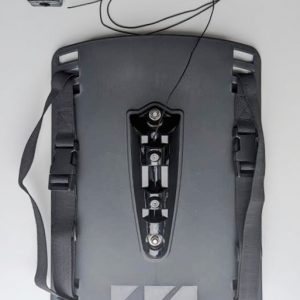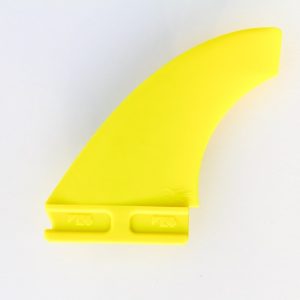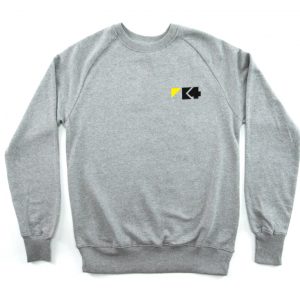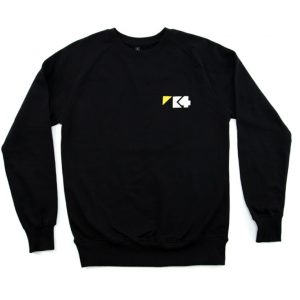Size matters -improving your SUP performance
As you move up through the ranks and start looking for more performance, the SUP gear size question will no doubt raise its head..
‘What size SUP should I be looking at? What size fins and what size paddle should I be rocking?’ Tez Plavenieks explains how to navigate these tricky subjects.
Small versus big
Back when stand up paddle boarding was but a young buck boards were more akin to Redwood logs, paddles overly long and kit generally cumbersome and severely lacking in performance. Fast forward to today and we’re constantly bombarded with media declaring how small your SUP needs to be or how small you should set your fins. It’s easy to end up confused; believing you should be riding gear lightweight pros.
There are a few things to consider when browsing for new kit. Where do you normally ride? What are your waves like (generally)? What’s your style and what are your SUP aspirations? It’s no good choosing a super small stick, micro fins and an extremely narrow paddle if you’re a racer – likewise, forget plus 9ft SUPs if you a budding wave aerialist.
Surf SUP
Your location, wave type and riding style should be the determining factors when choosing the type of set up you ride.
As a general rule of thumb, small mushy waves require sub 9ft surf SUPs – specific sizes are then based on rider weight – if you want to be able to rip, shred tear and punt. Anything bigger simply doesn’t have the rail to rail manoeuvrability required for nippy/slashy surfing. Speed is your friend in and big logs will drag, slow you down and make stomping those big moves much harder– if not impossible.
Flip the script and those looking for longboard nose riding performance will need something that’s equally accommodating. A longer ‘full in the nose’ SUP will give the rider more chance of getting 10 over before banking into a drop knee swooping turn.
If you’re a big wave charger then performance surf SUPs around 9ft would be a good bet. Once waves hit overhead sizes they’re generally moving faster and you’ll need an extra bit of length to promote gliding speed and get you in early. Narrower tails and increased rockers are also good ideas – you want to avoid nasty spin out situations if possible otherwise poundings will be common.
Racing and downwind
Long and narrow stand up paddle boards glide more efficiently and cover distance quicker. Therefore if you’re into racing or downwinding a 14ft SUP would be the go. The only reason to choose something around 12.6ft (for racing at least) is the competitiveness of class. Width also needs to be taken into account as narrower boards are trickier to pilot in choppy conditions.
Storage and transport issues do crop up with longer boards, in which case, consider an inflatable. iSUPs offer a level of performance that’s fine for most SUPers.
Fins
I’m a massive fan of swapping fin set ups depending on what type of performance I’m after. The general rule is smaller for more skate style SUP surfing performance while bigger delivers more drive, speed and grip. There are infinitely more traits that affect fins – hit up K4 Fins for advice and They’ll steer you in the right direction.
In small waves I’ll stick my small foils in the box while bigger skegs will give me better carving performance when hollow and steeper waves hit.
For racing; it’s much more open to interpretation although bigger is generally better as longer skegs give more efficient straight line tracking. Longer fins also stop your SUP rounding up during downwinders. Racing and coastal running foils are a real minefield and therefore spending time hunting down your perfect combo will pay dividends.
Fins shouldn’t be underestimated and can dramatically change the performance of your stand up paddle board – indulge in a little experimentation and who knows what you’ll discover.
Paddles
SUPers should have at least two paddles in their arsenal – particularly as most sweepers switch between waves and flat water.
Shorter shaft lengths with smaller scoops are usually more suited to surf sessions while slightly (and I emphasise the word slightly) longer shafts and fuller blades are better for downwind and racing. However, this won’t always be the case and only by experimenting will you find your perfect SUP ‘engine’. (If you can only stretch to one type there are now some fine examples of adjustable paddles on the market).
I personally favour a short shaft but fuller blade (with shallow scoop) for SUP surfing – this gives me quicker acceleration for later drops right on the peak – narrow types don’t give me this oomph.
The best advice when looking for performance orientated SUP equipment is to try as much as you can before parting with your dough. However, at some point you’ll have to take a leap of faith – you’re never going to be able to demo all the kit you’d like but you can get a good idea by trying a few different SUP set ups.








